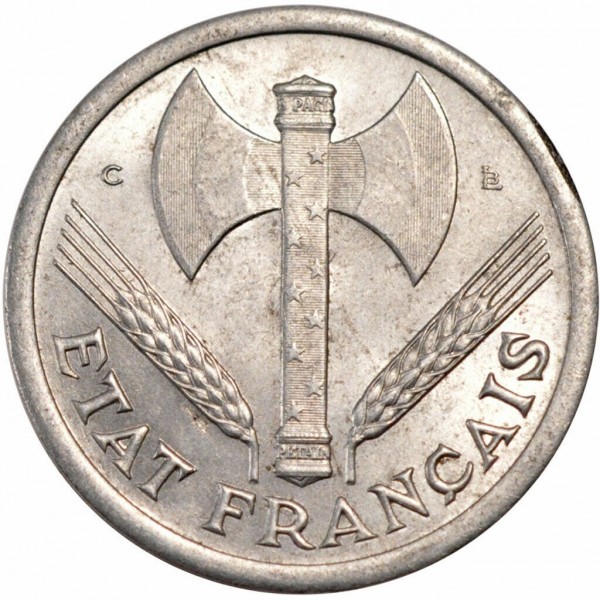USA 1 dollar Draped Bust Small Eagle 1795
USA, Philadelphia


Atributos de las Monedas
| Melt Value | $40.64 24.075g Silver |
|---|---|
| Region | USA |
| Denomination | 1 dollar |
| Krause number | KM# 18 |
| Metal | Silver 0.893 |
| diameter | 39 mm |
| weight | 26.96 g |
Anverso:

Liberty
People
Star
Creators:
Robert Scot
LIBERTY
Reverso:

Bird
Wreath
Creators:
Robert Scot
UNITED STATES OF AMERICA
Introducción de monedas
The designs of the earliest United States silver and copper coins were soon recognized as being somewhat deficient from both the aesthetic and durability standpoints. With Coiner Robert Scot firmly in place by 1795, the U. S. Mint was able to undertake the creation of new designs that would prove more suitable. Legend has it that the Draped Bust of Liberty which debuted on the silver dollar in 1795 was based on a design by famed portrait artist Gilbert Stuart and modeled by Philadelphia socialite Anna Willing Bingham. As with so many stories of our early coinage, however, there is not one shred of evidence from that period to link Stuart with this design. The writings of Walter Breen, in particular, have perpetuated or even created from scratch many scenarios which cannot now be substantiated with contemporaneous documents. What is known for a fact is that this portrait was and remains extremely appealing. It is confirmed that John Eckstein was paid on September 9, 1795 for "two models for dollars." This action fits in nicely with the supposed timeline of the new portrait, and it's quite possible that Scot engraved the hub punches for this coin type using Eckstein's relief models, though it doesn't answer the question of who created the original designs. There are just two die marriages for 1795 Draped Bust Dollars, and each utilized unique obverse and reverse dies. The supposed first emission is BB-51, on which the portrait is noticeably offset to the left. BB-52 features the portrait centered, as on all subsequent coins of this type. Interestingly, the reverse die used for BB-51 survived to be used again several times with dollars dated 1796, 1797 and 1798. It may be that the reverse used for BB-52 failed quickly, as it's not seen with any other date, and this variety is the scarcer of the two for 1795. While most survivors are worn to varying degrees, there were a number of 1795 Draped Bust Dollars preserved at the time in Mint State. The majority of these are of the BB-51 marriage, further reinforcing the belief that this variety was coined first and thus provided the keepsake pieces.Leer más













